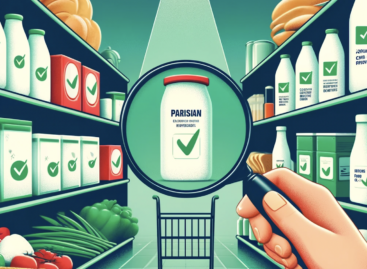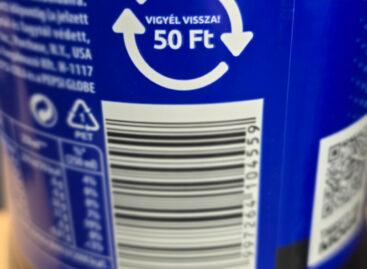The price of the chips clearly shows the problematic nature of the pricing policy shaping retail trade
The drastic difference in prices of Pringles chips between Hungary and Spain reflects the complexity of the taxation system and VAT rates. The price differences between the two countries have not only an economic but also a tax background, which have a significant impact on retail prices and the wallets of end users.

Based on the price policy of the Spanish Mercadona, Pringles chips currently cost 1.85 euros, which corresponds to 717 forints at the current euro exchange rate. On the other hand, the typical store price in Hungary is HUF 1,400 (€3.6), which is about twice the Spanish price. This price difference is obvious to Hungarian consumers, and the background is the tax system and VAT rates – all of this is pointed out by the Vakmajom Facebook page.
According to the post, Hungarian chip prices hovered around HUF 800 before 2022, and then rose by leaps and bounds. The reason for this was the introduction of the chip tax and the special retail tax, which brought with them a significant increase in tax burdens. For retailers, the increase in tax burdens was a serious challenge, as their profit margin typically ranges between 2-4 percent. The 4.5 percent special retail tax therefore took away the entire commercial profit from merchants.
Related news
The expansion of strawberry fields and pricing in Hungary
In Hungary, the cultivated area for strawberries has seen a…
Read more >Pringles Ketchup-flavoured snack
The latest Pringles flavour has arrived. By eating ketchup flavoured…
Read more >Are ultra-processed foods unhealthy?
The effect of the consumption of ultra-processed foods on the…
Read more >Related news
OECD: Food price inflation fell sharply in most countries
The Paris-based Organization for Economic Cooperation and Development, the OECD,…
Read more >Nébih experts examined the cheapest foods
In order to protect consumers, the National Food Chain Safety…
Read more >Szentkirályi Magyarország’s deposit-fee PET bottles are already on store shelves
Szentkirályi Hungary was one of the first to start the…
Read more >







